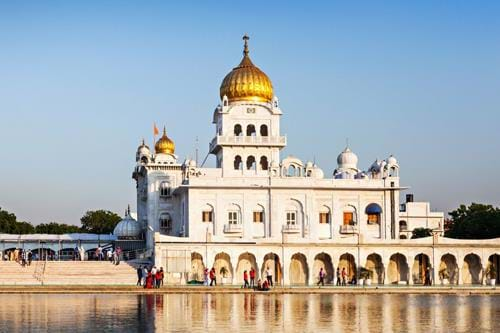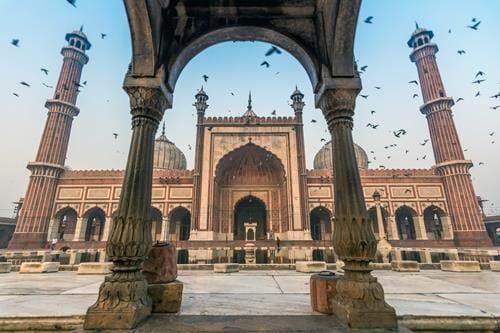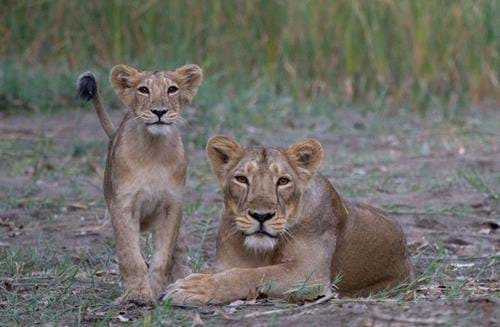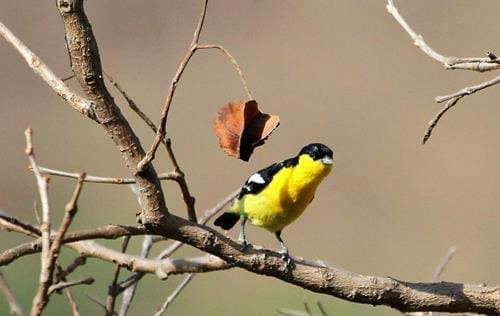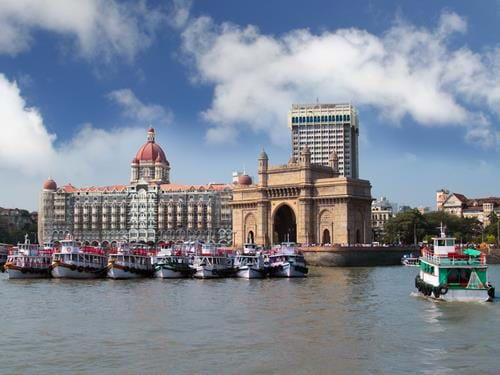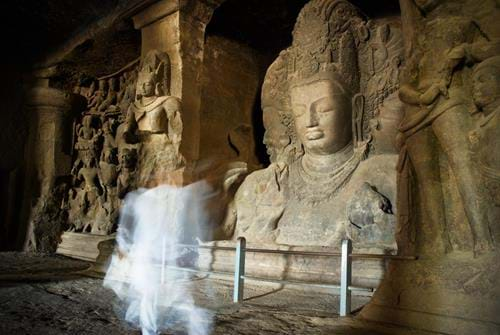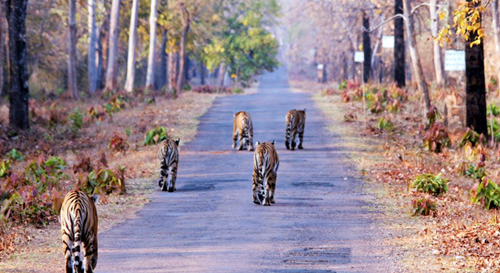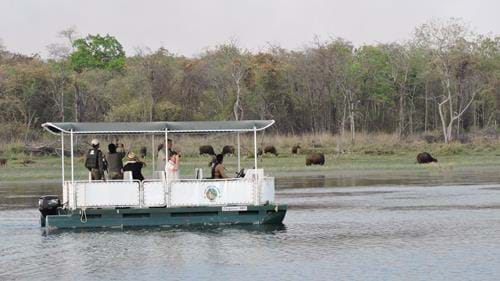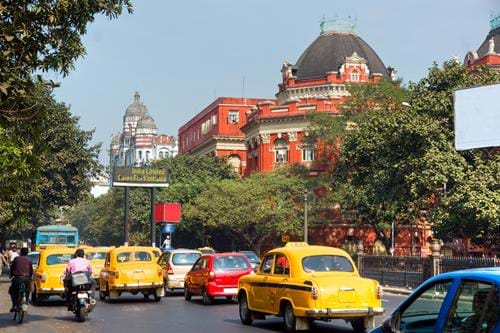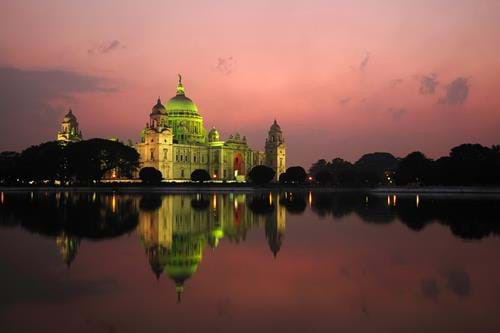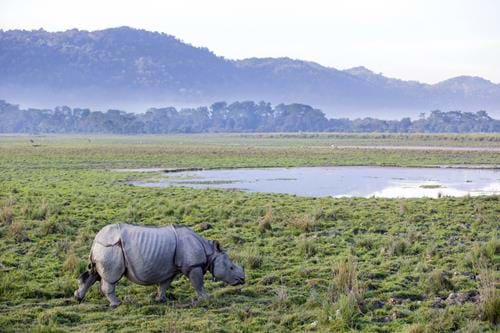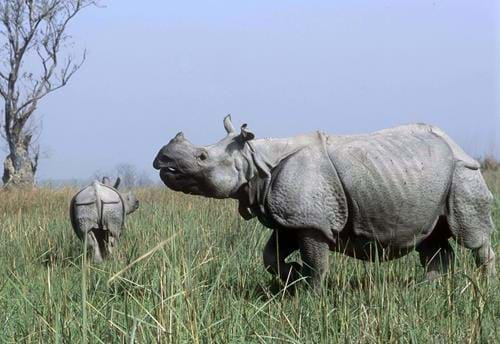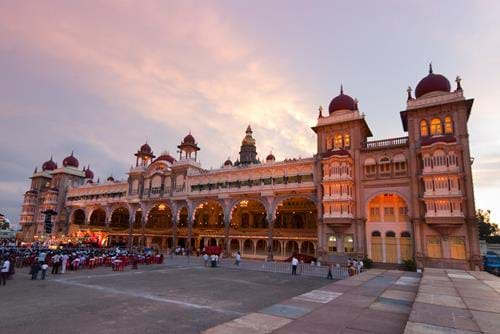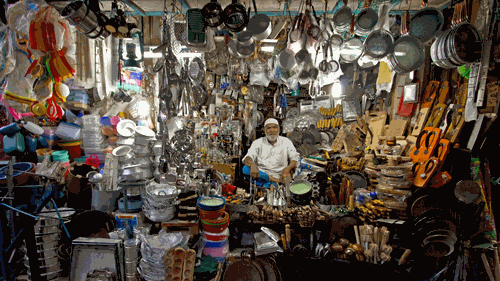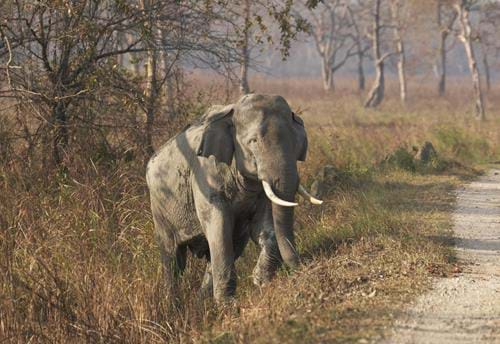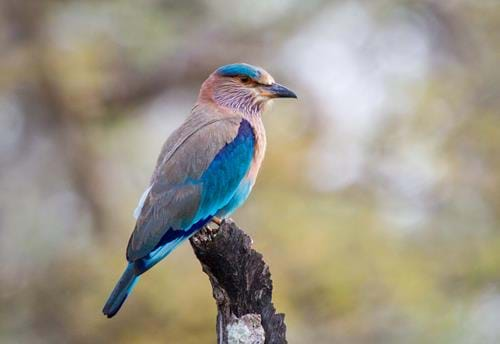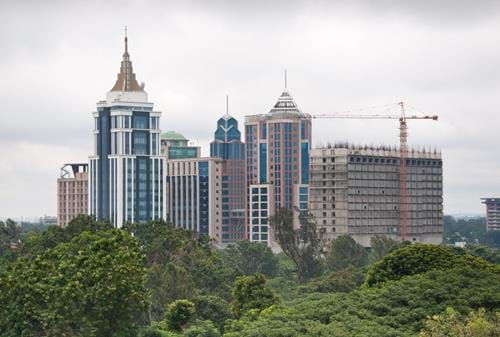Tailor-Made Tour
- Duration22 Days
- Prices From £ 6195
 Places Visited :
Delhi, Gir National Park, Mumbai, Tadoba National Park, Kolkata, Kaziranga National Park, Guwahati, Mysore, Nagarhole National Park, Bangalore
Places Visited :
Delhi, Gir National Park, Mumbai, Tadoba National Park, Kolkata, Kaziranga National Park, Guwahati, Mysore, Nagarhole National Park, Bangalore
This is the ultimate of India's nature-based holidays! The term ‘Big Five’ refers to India’s most endangered and elusive mammals: one-horned rhinos, Asian elephants, leopards, Asiatic lions, and Royal Bengal tigers. Unlike in Africa, where all the major species can be sighted in a single reserve, you must travel to different national parks to see them all. But thanks to the country’s efficient, modern air network, it is possible to tick off the big five in a trip just shy of three weeks. You will, of course, see many other wonderful animals and exotic birds while visiting the four reserves featured on this itinerary, and you’ll experience three of the country’s largest and most atmospheric cities, in addition to a scattering of remote, rural villages and some fabulous landscapes.
Accommodation is in luxurious safari lodges, where you can experience the surrounding wilderness in great comfort, sleeping in richly furnished hunting tents, tree houses perched high in the jungle canopy, or cottages nestled in deciduous sal forest.
Remember, this trip can be personalised to suit your travel needs - we can tailor everything from hotel, travel type, duration and more.

